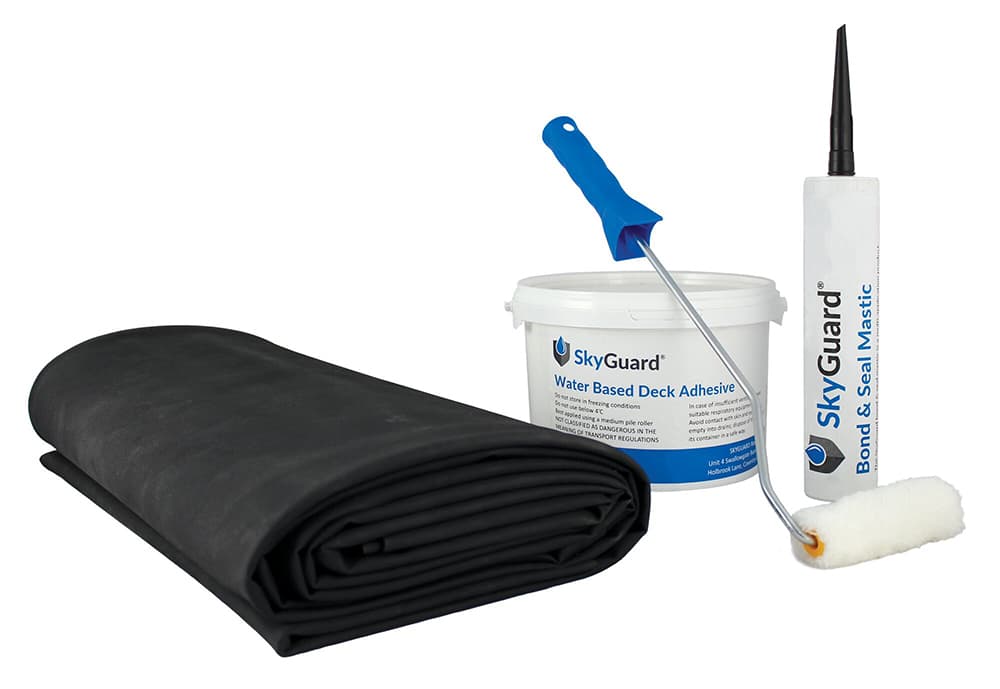When repairing or replacing your shed roof felt you want to make sure that it will stand the test of time. If you choose a thin, poor quality felt then it may succumb to the elements, especially given the unpredictable weather in the UK. Here at Roof Giant, we sell only the best quality shed roofing materials that are not only built to last but will also blend seamlessly with the natural surroundings of your garden.
EPDM shed roofs are an ideal alternative to old roofing felt and sheets as most professional-grade membranes can last around 20 - 30 years with some lasting over 50 years with proper installation. They are also designed to be weather resistant and UV stable, which ensures their longevity and makes them a more environmentally friendly option. This guide will take you through the key stages of removing your old, damaged and worn roofing felt and how to replace it with an EPDM rubber roof membrane such as SKYGUARD EPDM or Firestone Rubbaseal.
